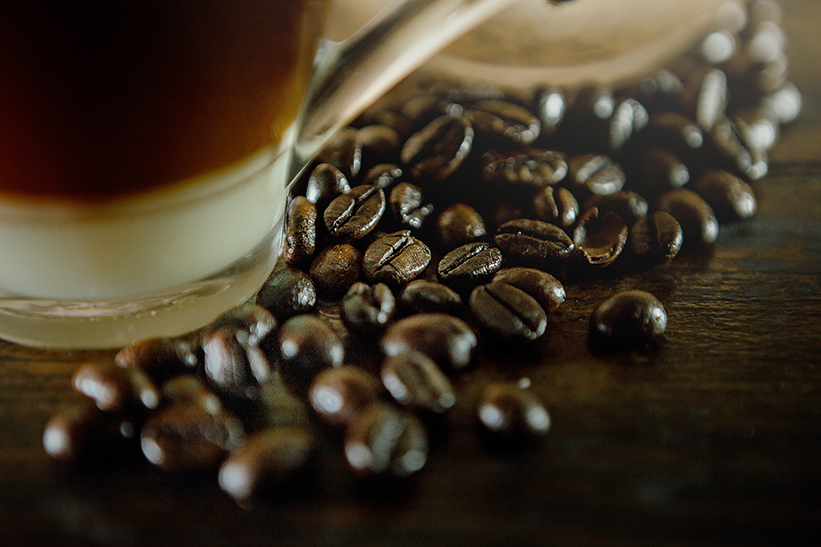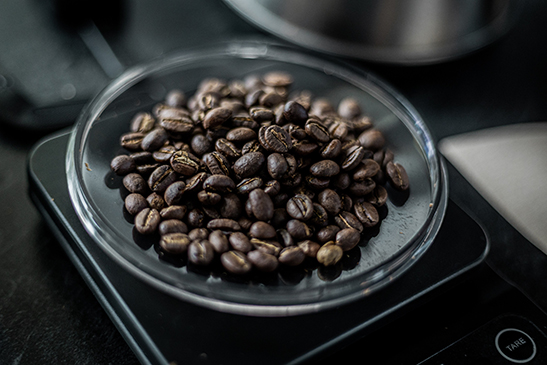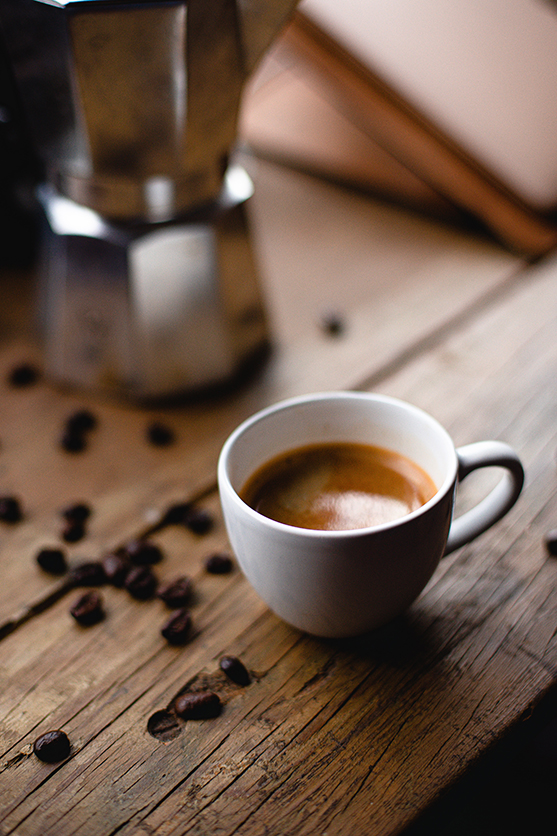The art of coffee bean roasting has a rich history, dating back centuries to ancient coffee-drinking cultures.
The roasting process is of paramount importance in the coffee production process, as it significantly impacts the flavor of the final brew.
The roasting process transforms the green coffee beans, unlocking the rich, complex flavors we associate with a great cup of coffee.
We will give you a valuable insight into the importance of coffee bean roasts in brewing. Read on to find out more.

| Key Takeaways | |
|---|---|
| 1 | The roast level of coffee beans significantly influences the flavor, aroma, body, and even the caffeine content of the coffee. Light roasts retain more of the original flavors of the beans and have a higher caffeine content, while dark roasts take on more flavors from the roasting process and have a lower caffeine content. |
| 2 | Regional preferences for roast levels vary across the globe, and major coffee chains play a significant role in shaping these preferences. Experimenting with different roasts can help you discover your personal preference and enhance your coffee experience. |
| 3 | The freshness of coffee is crucial for ensuring the best flavor. It’s generally recommended to use coffee beans within two weeks to a month of their roast date. After this point, the coffee may start to taste stale. |
The Science of Coffee Roasting
The transformation of green coffee beans during roasting is a fascinating process. As the beans are heated they undergo a series of chemical reactions – a process known as the Maillard reaction. This reaction is responsible for the browning of the beans and the development of hundreds of aroma and flavor compounds.
The roasting process turns the raw, green coffee beans into the aromatic, flavorful beans we know and love. For a deeper dive into the science of coffee roasting, check out this Guide to Coffee Roasts by the National Coffee Association.

Types of Coffee Roasts
There are several types of coffee roasts, each with its unique characteristics and flavor profiles. The roast level also plays a significant role in determining the ideal brewing method for the beans.
Light Roasts
Light roasts are typically light brown, with a light body and no oil on the bean’s surface. They have a toasted grain taste as well as a pronounced acidity. The original flavors of coffee beans are retained to a larger extent than in darker roasted coffees. Light roasts also keep most of the caffeine from the coffee bean. Ideal brewing methods for light roasts include pour-over and drip coffee makers.
Medium Roasts
Medium roasts are medium brown with more body than light roasts. They have no oil on the coffee bean surface. However, medium roasts really lack the grainy taste of light roasts, exhibiting more balanced flavor, aroma, and acidity. Caffeine is somewhat decreased, but there is more caffeine than in darker roasts. Medium roasts are versatile and can be brewed using various methods, including drip, pour-over, and espresso machines.
Dark Roasts
Dark roasts are dark brown, like chocolate, or even black in color. There is a sheen of oil on the bean’s surface, usually evident in the cup when the dark roast coffee is brewed. The flavors of the roasting process eclipse the coffee’s original flavors.
The coffee will typically have a bitter and smoky or even burnt taste. The amount of caffeine is substantially decreased. Dark roasts are best suited for espresso brewing but can also be used in a French press and Aeropress.
How Roast Types Affect Caffeine Content
The roast type significantly impacts the caffeine content of the coffee. Light roasts have the highest caffeine content because the roasting process has not yet broken down as much caffeine. As the roast gets darker, more caffeine is lost in the roasting process. However, the difference in caffeine content between light and dark roasts is less significant than many believe.
The Influence of Roast Levels on Brewing
The roast level of coffee beans significantly influences the brewing process. Different roasts extract at different rates, affecting the coffee’s taste, aroma, and body. Light roasts, for instance, are denser and take longer to extract, while dark roasts extract more quickly due to their porous nature.
Pairing the right roast level with the appropriate brewing method can enhance the coffee experience.
For example, light and medium roasts are often preferred for manual brewing methods like pour-over and Aeropress, allowing delicate flavors to shine. Dark roasts, on the other hand, are typically used in espresso machines and French presses, which can handle their robust, bold flavors.

Coffee Roasts and Global Coffee Culture
Regional preferences for roast levels vary significantly across the globe. For example, West Coast coffee culture in the United States traditionally leans towards darker roasts, while the East Coast prefers medium roasts. On the other hand, European coffee culture has historically favored dark roasts, giving rise to the so-called French, Italian, and Spanish roasts.
Major coffee chains also play a significant role in shaping roast preferences. Starbucks, for instance, popularized dark roasts, while other chains like Blue Bottle Coffee champion lighter roasts. These preferences not only influence consumer tastes but also shape the offerings of smaller, local coffee shops.
Choosing the Right Roast for You
Choosing the right roast is a personal decision that depends on several factors, including your taste preference, the brewing method you plan to use, and even the time of day you typically enjoy your coffee.
Experimenting with different roasts to discover what you enjoy most is essential. Do not be afraid to leave your comfort zone – you might find a new favorite!
FAQs
Here are some common questions related to coffee bean roasts and brewing.
Can I use any roast for any brewing method?
While you can technically use any roast for any brewing method, certain roasts are better suited to specific brewing methods. For example, light roasts are often preferred for pour-over and Aeropress, while dark roasts are typically used in espresso machines and French presses
How does roast level affect coffee?
The roast level significantly affects the coffee’s flavor, aroma, and body. Light roasts retain more of the original flavors of the coffee beans and have a lighter body and higher acidity. Dark roasts, on the other hand, take on more flavors from the roasting process, resulting in a coffee with a fuller body, lower acidity, and flavors which range from sweet to bitter.
What are the advantages of roast coffee?
Roasting coffee has several advantages:
- It transforms the green coffee beans into the aromatic, flavorful beans we know and love. The roasting process develops hundreds of aroma and flavor compounds, making coffee a complex and enjoyable beverage.
- Roasting allows for customization. By adjusting the roast level, coffee producers can bring out different flavors and create various flavor profiles.
- Roasting coffee can make it easier to brew, as roasted beans grind more efficiently and extract more readily than green beans.
Does it matter when coffee is roasted?
Yes, the roast date of coffee is essential for ensuring freshness. Coffee is a perishable product, and its flavors can degrade over time, especially once the beans have been roasted. For the best flavor, coffee beans are generally recommended within two weeks to a month of their roast date. After this point, the coffee may start to taste stale.

Written by Robbie – Coffee Writer and Researcher at MyCoffeeBeanz.com
Robbie has over 15 years of extensive experience working in the coffee industry in marketing. As a native New Yorker he loves the hustle and bustle of a big city and enjoys nothing more than breaking up his busy day with trips to the nearest coffee shop for a double espresso. Find out more about Robbie
